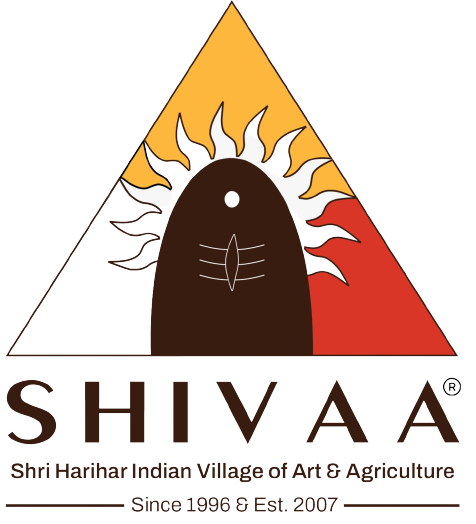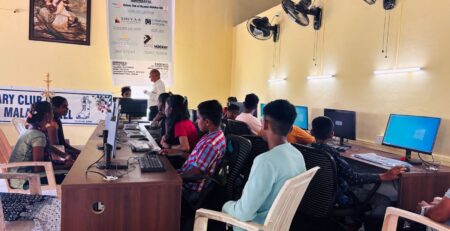Challenges faced by tribal children in accessing education and healthcare – By Shivaa NGO
Satya2023-03-07T23:58:03-05:30Tribal communities around the world face a number of unique challenges, including limited access to education and healthcare. In this blog post, we will explore some of the challenges faced by tribal children in accessing education and healthcare, and the potential solutions to overcome these challenges.
- Geographical isolation
Many tribal communities live in remote or rural areas that are difficult to reach, making it challenging for children to access education and healthcare services. In some cases, children may have to walk long distances to reach school or a health clinic. This can be especially difficult during the monsoon season or in areas with extreme weather conditions.
Solution: One potential solution is to establish mobile schools and healthcare clinics that can travel to remote areas and provide services directly to tribal children and families. This approach has been successful in some regions and can help to overcome the challenges of geographical isolation.
- Poverty
Poverty is a major challenge in many tribal communities, which can limit access to education and healthcare. Families may not be able to afford school fees, uniforms, or other supplies, and may not have the resources to access healthcare services when needed.
Solution: One potential solution is to provide financial assistance to families who are unable to afford education or healthcare services. This can be done through scholarships, subsidies, or other forms of financial aid. Additionally, providing vocational training or employment opportunities can help to address poverty at its root, and improve access to education and healthcare over the long term.
- Language barriers
Many tribal communities have their own distinct languages, which can make it difficult for children to access education and healthcare services in mainstream settings. In some cases, children may not speak the same language as their teachers or healthcare providers, which can limit their ability to communicate effectively.
Solution: One potential solution is to provide language classes for children and families, to help them learn the language spoken in mainstream schools and healthcare settings. Additionally, providing translation services or hiring bilingual staff can help to bridge the language gap and improve communication between tribal children and mainstream service providers.
- Cultural barriers
Tribal communities have their own distinct cultures and traditions, which can sometimes conflict with mainstream education and healthcare systems. For example, some tribal communities may prefer to use traditional medicines rather than modern healthcare treatments or may have different expectations about the role of education in their children’s lives.
Solution: One potential solution is to work closely with tribal communities to understand their unique cultural practices and values, and to adapt education and healthcare services accordingly. This may involve incorporating traditional practices into modern healthcare treatments or adapting education programs to better reflect tribal values and traditions.
In conclusion, there are a number of challenges that tribal children face in accessing education and healthcare services. However, by working closely with tribal communities and adopting innovative solutions, it is possible to overcome these challenges and improve the lives of tribal children and families.
For More Information and Support You can contact us – Info@shivaa.org







Leave a Reply